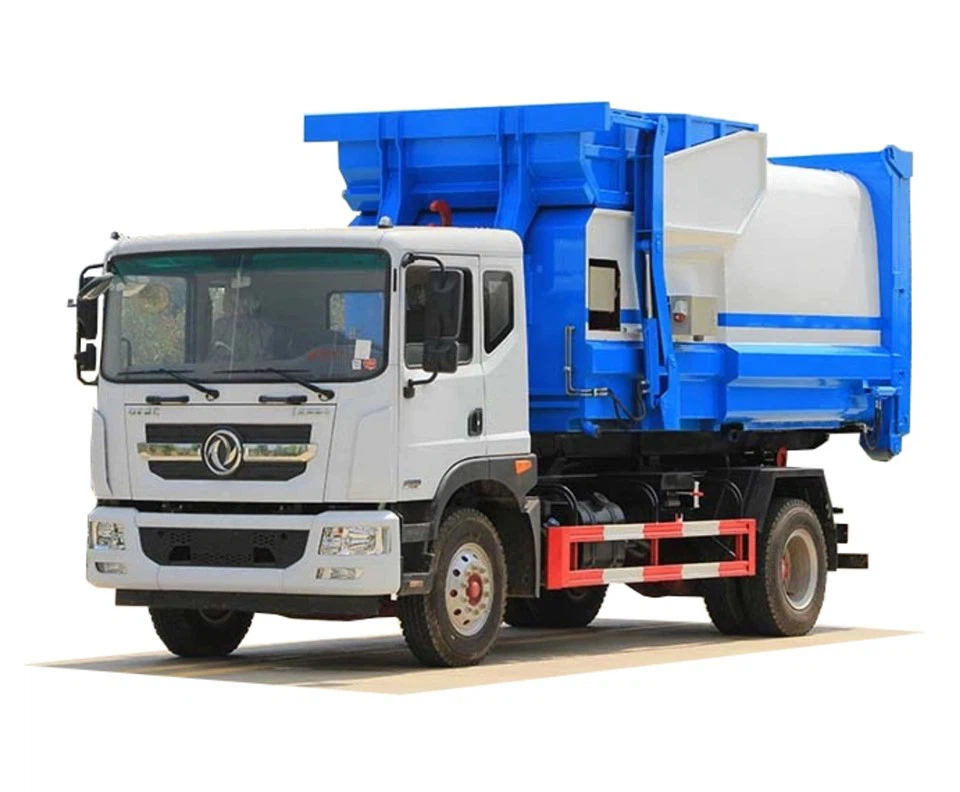LPG Storage: Best Practices, Techniques, and Safety Guidelines

Liquefied Petroleum Gas (LPG) has become an essential energy source for heating, cooking, and vehicles. Its storage requires careful consideration to maintain safety and efficiency. This article delves into the best practices and techniques for LPG storage, ensuring you have all the essential information.
Understanding LPG Storage
LPG is stored in pressurized tanks, which allows it to remain in liquid form. Its efficient storage and transportation have contributed to its widespread use in households and industries. However, improper storage can lead to hazardous situations. Understanding the fundamentals of LPG storage ensures safety and longevity in energy use.
The Importance of Proper LPG Storage
Proper storage helps mitigate risks such as leaks, explosions, and environmental hazards. This section discusses key factors that influence safe LPG storage.
Safety Considerations
- Regular inspections: Ensure storage tanks are regularly checked for leaks or damage.
- Ventilation: Store LPG in well-ventilated areas to prevent gas buildup.
- Distance from ignition sources: Keep storage tanks away from open flames or electrical equipment.
Environmental Impact
Proper LPG storage minimizes environmental risks, such as soil and water contamination. Safety measures ensure that energy resources are utilized without causing harm to the environment.
Types of LPG Storage Tanks
There are various types of LPG storage tanks designed for different applications. Each type offers unique advantages and considerations.
Above-Ground Tanks
Above-ground tanks are typically easier to maintain and inspect. They are commonly used in residential and commercial settings.
Advantages:
- Easy accessibility for inspections
- Lower initial costs
- Visibility helps identify leaks quickly
Disadvantages:
- Exposure to weather can damage the tank
- Potentially less aesthetic appeal
Underground Tanks
Underground tanks provide excellent protection against environmental factors. They are often used in larger installations and commercial enterprises.
Advantages:
- Protects against frost and temperature fluctuations
- Less visible to the public
Disadvantages:
- Higher installation cost
- Complex to inspect and maintain
Best Practices for LPG Storage
To ensure the safety and efficiency of LPG storage, adhere to the following best practices.
Installation Guidelines
Proper installation is crucial. Always follow local regulations regarding installation and maintenance.
Location Considerations
- Store away from populated areas
- Avoid flood zones
- Maintain appropriate distances from property lines
Regular Maintenance
Maintenance is pivotal in prolonging the life of LPG storage tanks.
Inspection Schedule
Establish a routine inspection schedule to identify wear and tear. Here is a simple checklist:
| Inspection Item | Frequency |
|---|---|
| Visual inspection for leaks or corrosion | Monthly |
| Pressure relief valve testing | Quarterly |
| Tank integrity check | Annually |
Safety Guidelines in LPG Storage
Adhering to safety guidelines is non-negotiable when it comes to LPG storage.
Emergency Response Planning
Have a clear emergency response plan in place. Here are some vital steps:
- Develop an evacuation plan
- Provide training for employees on handling LPG
- Install fire safety equipment, such as extinguishers and alarms
Personal Protective Equipment (PPE)
Ensure that anyone handling LPG wears appropriate PPE, such as:
- Safety goggles
- Gloves
- Flame-resistant clothing
Legal Regulations and Compliance
Familiarize yourself with local laws and regulations regarding LPG storage.
Federal and State Guidelines
In many countries, LPG storage regulations are enforced at both federal and state levels. Here are some key points:
- Permits may be required for installation and operation.
- Regular inspections by authorized agencies may be mandated.
Understanding Code and Standards
Adhere to industry standards such as the National Fire Protection Association (NFPA) codes and the American National Standards Institute (ANSI) guidelines.
Training and Education
Investing in employee training can significantly reduce risks associated with LPG storage.
Types of Training Programs

Consider these training options:
- Workshops on LPG safety practices
- Hands-on training for emergency procedures
- Awareness sessions about potential hazards
Creating a Safety Culture
Encourage a safety-first mindset among employees. Regular reminders and drills can promote safety awareness.
Practical Tips for Efficient LPG Storage
Efficiency in storage not only saves costs but enhances safety.
Monitoring and Tracking Usage
Keeping track of your usage can inform when refills are necessary. Utilize technology as follows:
- Install gauges to track the level of LPG in storage tanks.
- Use software to monitor usage trends.
Regular Refilling Practices
Establish a routine refilling schedule to avoid running low on LPG, which can lead to safety concerns.
Case Studies of Effective LPG Storage
Examining successful LPG storage solutions provides practical insights for implementation.
Case Study 1: Residential Storage
A family in a rural area switched from electric to LPG for heating. They chose an above-ground tank situated away from the house and ensured regular inspections. This change resulted in a 30% decrease in energy costs.

Case Study 2: Commercial Application
A local restaurant opted for an underground LPG tank to maintain aesthetics and reduce risks. The establishment trained staff on safety protocols, significantly reducing incidents. Their insurance costs also decreased due to lower risk levels.
FAQs About LPG Storage
What is the best way to store LPG?
The best way to store LPG is in a well-ventilated area, away from heat sources, and following local regulations.
How often should LPG tanks be inspected?
LPG tanks should undergo visual inspections monthly and comprehensive checks annually.
What should I do if I smell gas?
If you smell gas, evacuate the area immediately and contact emergency services. Do not operate electrical switches.
Can I store LPG inside my home?

Generally, storing LPG indoors is not recommended due to the risk of leaks. Always follow local guidelines;
What types of tanks are best for LPG storage?
Above-ground tanks are suitable for residential use, while underground tanks are preferred for larger operations due to enhanced protection against environmental factors.
